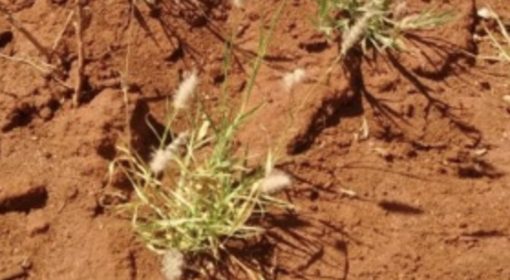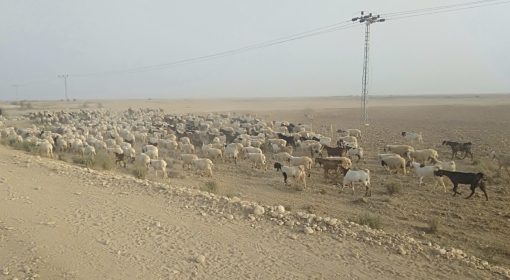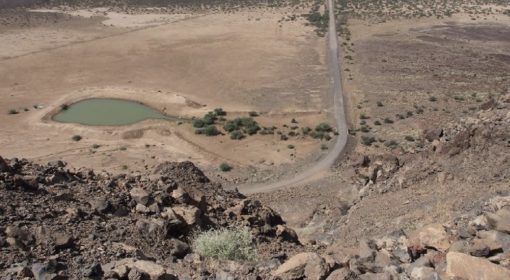by Florencia Rieiro, Technical Consultant, MetaMeta
April 8, 2021

Coordination matters as it brings people together, allowing learning and opening new spaces to discuss matters that might otherwise not be shared or thought through.
On the 3rd of November the first online DREAM II Pre-conference was held. Supported by GIZ, the event focused on enhancing coordination between key stakeholders in the arid and semi-arid lowlands of Ethiopia. The two subsequent pre-conferences aimed to foster discussions around coordination, cooperation and capacity development for lowland resilience before the DREAM II Conference takes place in Jijiga, Ethiopia in 2021.
Below are some of my key takeaways from the discussions held between civil society organisations, development partners, government and the private sector on how enhanced coordination can strengthen resilience in the lowland areas.
DREAM Conferences
Organised jointly by the Ethiopian Ministry of Agriculture; the Afar Bureau of Livestock, Agriculture and Natural Resource Development; and the GIZ SDR Support Programme, the first Dream Conference held in October 2019 presented and discussed promising approaches in the arid and semi-arid lowlands of Ethiopia and the Horn of Africa, and created a basis for networking and cooperation. The DREAM II Conference, to be held this year (2021), aims for better alignment between policy and on the ground activities, better collaboration between organisations, and more harmonization between development programmes. It also aims to foster the exchange and scale up of best practices, the appreciation of gaps in governance and a better understanding of community challenges and priorities.
What are the key objectives in strengthening lowland resilience in Ethiopia?
To start with, the DREAM pre-conference participants framed resilience as the community’s capacity to cope with different challenges without compromising its initial functions. The term lowland was unpacked as an area prone to extreme events such as droughts and floods, access to knowledge, information and markets. Lowlands were also connected to decision-making, market opportunities and different types of livelihoods (pastoralism, agro-pastoralism and movement).
One of the participants mentioned that “we need to consider when we talk about resilience, that there is human, social and environmental resilience. We have to integrate them. Build capacity against any shocks and stresses.” The key objectives for the lowlands were identified as having a common framework and vision, joint-development & implementation planning at the woreda (district) level, shared measurement systems to assess how the sector is performing and enhanced communication and capacity through the development of technical working groups.
The discussions also emphasized the development of policies appropriate to the lowland context, and in this regard, a better alignment between traditional structures of decision-making with the current administrative ones. Furthermore, it was highlighted that even though in the humanitarian sector most of the organisations are coordinated and aligned with the Lowland Risk Management Plan, this is not yet happening with the local organisations and NGOs working in the development sector. It was also underlined that key lowland areas were currently at a low priority, and that there was an opportunity to develop a platform based on prioritised interventions. Besides, it was mentioned incentivizing open investments in the local service delivery structures would move development interventions from a project to a programmatic/holist approach for the arid and semi-arid lands.
How to practically improve coordination in current programmes?
DREAM participants discussed coordination starting at the kebele/grassroots level up to the regional level following a ‘one door approach’. Stress was laid the need to coordinate around livestock productivity, identifying places where to implement soil and water conservation practices, using alternative energy sources to reduce deforestation, enhancing community capacity, and supporting communities’ responsiveness.
Additionally, it was agreed on the need for government creating new opportunities to diversify the livelihoods in the lowlands. “Once we have a common vision, a common goal for the pastoralist areas; we need to agree at the national, regional and woreda level how to measure and what to reach at the different sectors. We also need to know who is contributing to what so not to overload the whole system”. The need for a joint-plan and monitoring strategy at the different government levels was again highlighted. This would be a guiding framework that will not only be focused on learning but also on complementing interventions to achieve real resilience in the lowlands.
Final remarks from the First DREAM II Pre-conference
- The objective of building resilience in the lowlands is beyond livelihood; it is related to building capacity against any shocks and stresses to address peace, security, stability and other social services at the household, community and system level.
- The development of a common framework on resilience-building initiatives can foster a common vision and understanding together with joint-planning and implementation of lowland programmes and strategies.
- The agreement on a shared measurement methods can support building a harmonised monitoring, evaluation and learning system that provides accurate information about fast-changing realities in the complex contexts of the lowlands.
- Fostering inter- and intra-sectoral communication through platforms at different government levels can enhance networking, learning and building capacity between lowland actors.
Below is a word cloud with the most used words during the Pre-conference. Among these words, there are five that stand out to me: community, regional, capacity, common and production. Finding a common framework that can support stakeholders to coordinate their efforts and develop their capacities regionally while working locally is itself a key objective for the lowlands to increase resilience and production and achieve sustainable development.
As one of the participants mentioned “… we can plan together, we can organise forums together, we can even build capacity together; there are so many things where we can coordinate. We can bring together our knowledge, skills, several technologies and innovations, and even our resources and the know-how from individuals to coordinate our efforts and be more effective and efficient”. To achieve this, strengthening and creating more spaces for discussion and understanding at the regional level that allows for developing capacities and coordinating efforts in the lowlands can lead to a much-needed common path for the years to come.

*To access the DREAM II Pre-conferences’ proceedings please visit: https://sdr-africa.com/events/dream2




